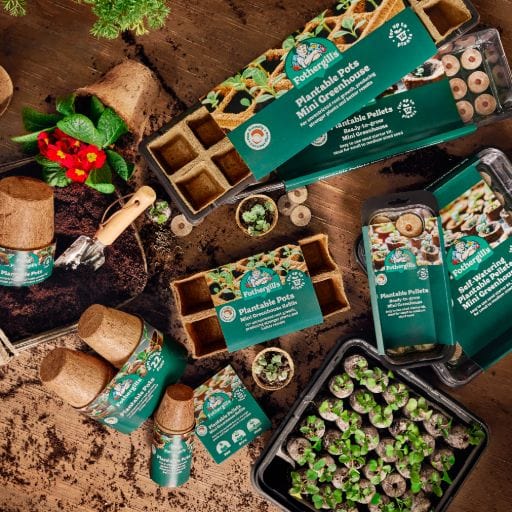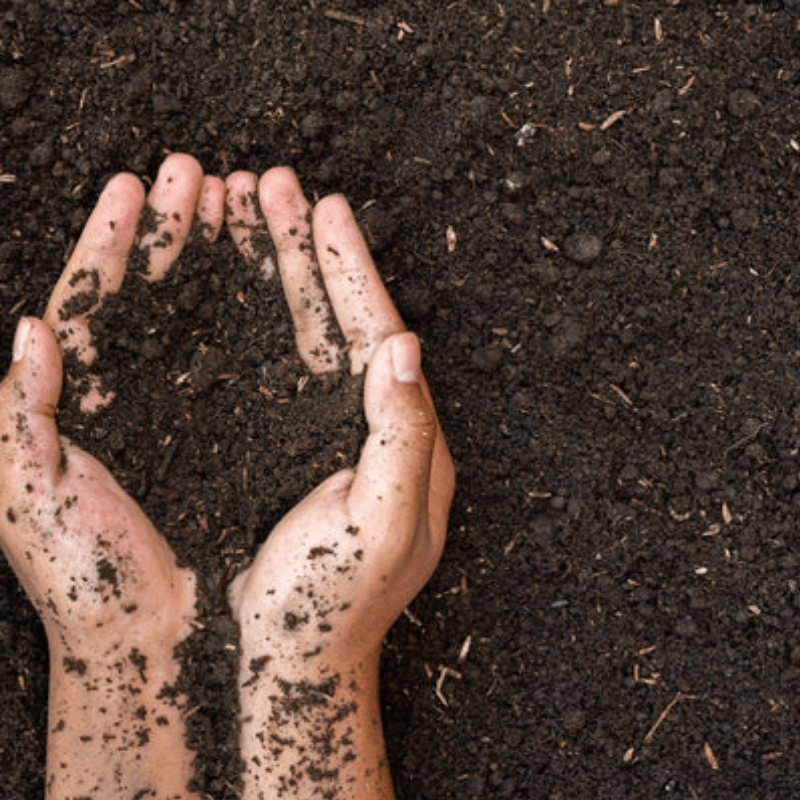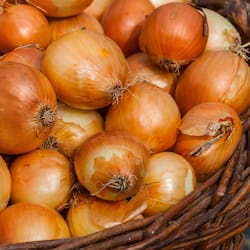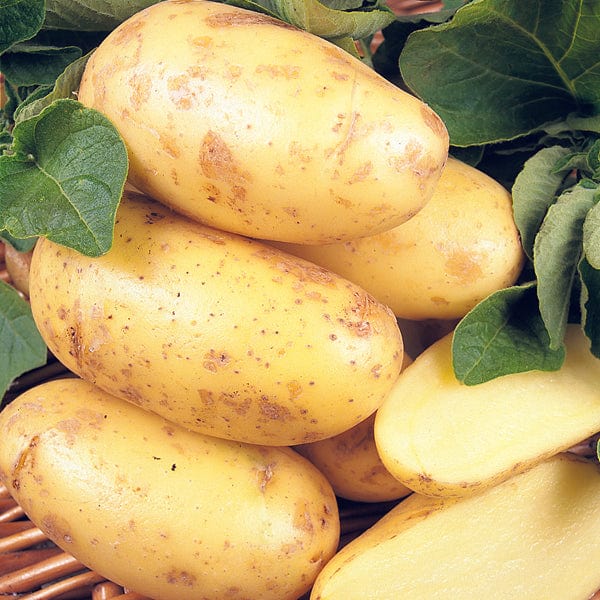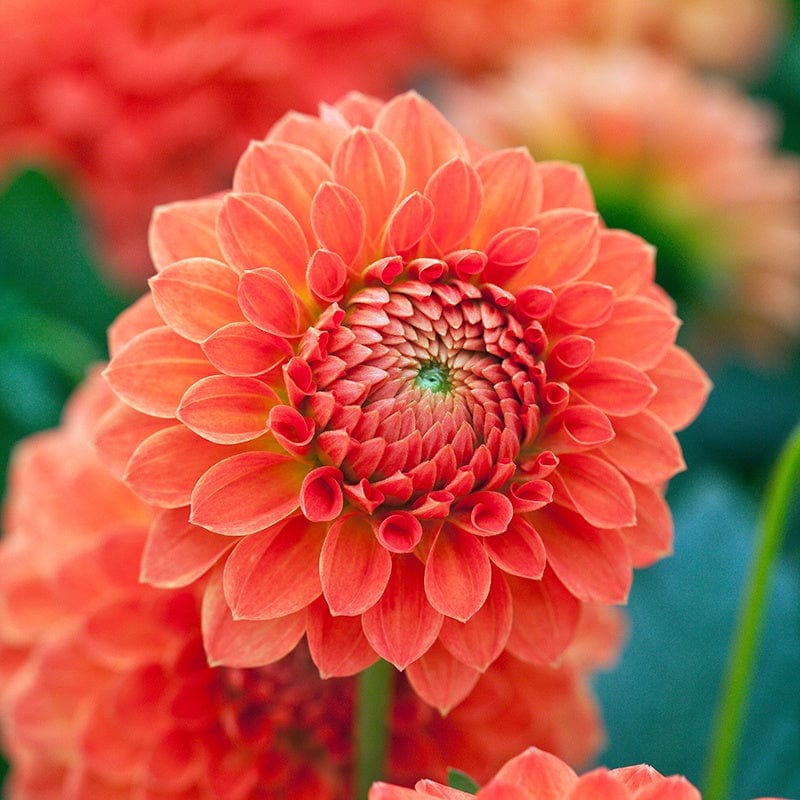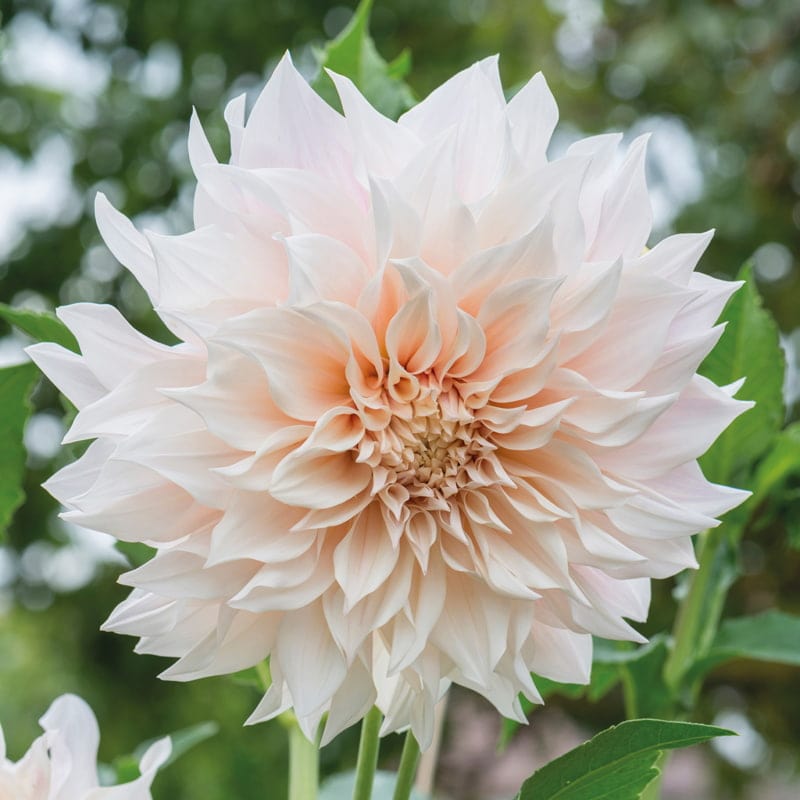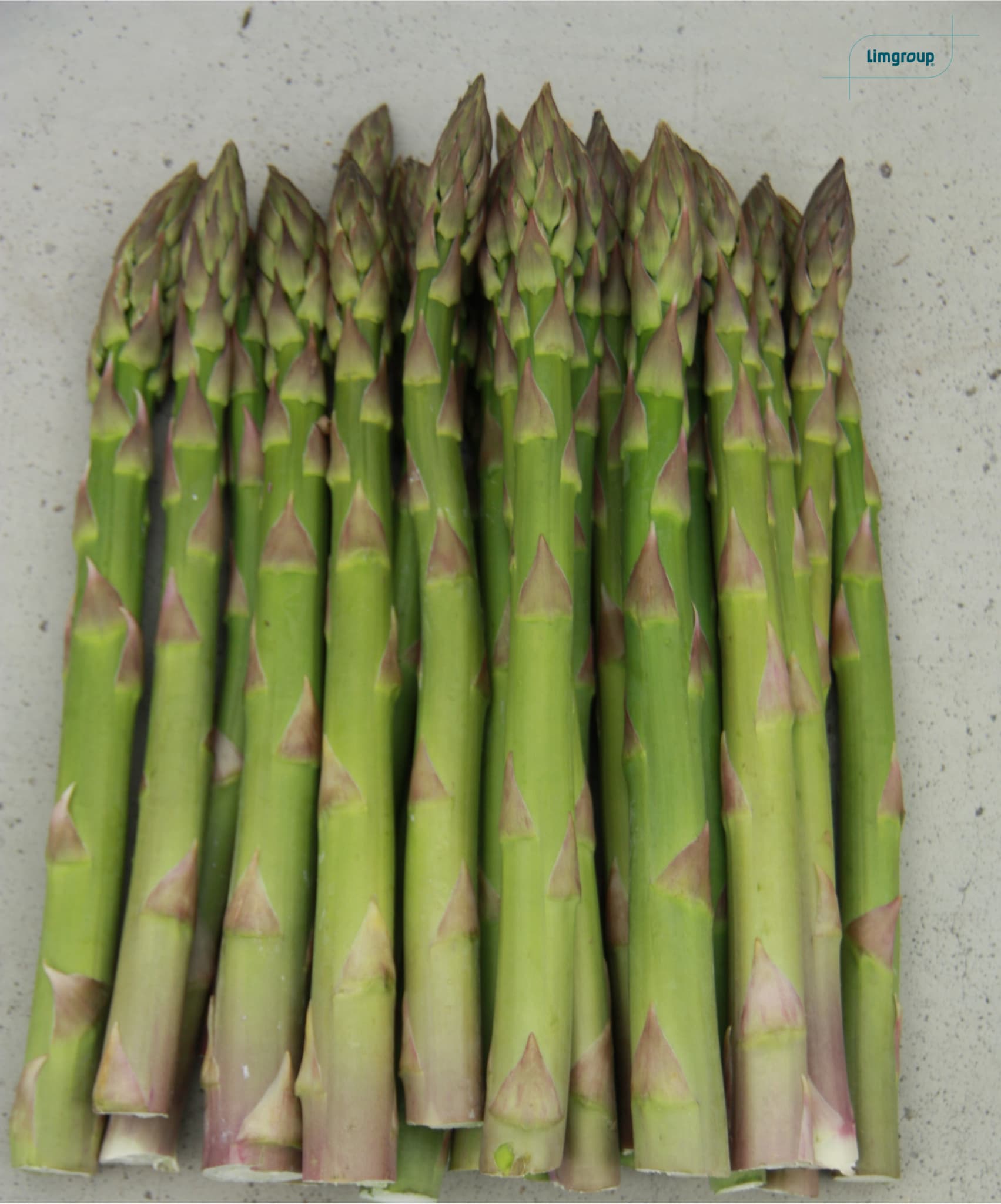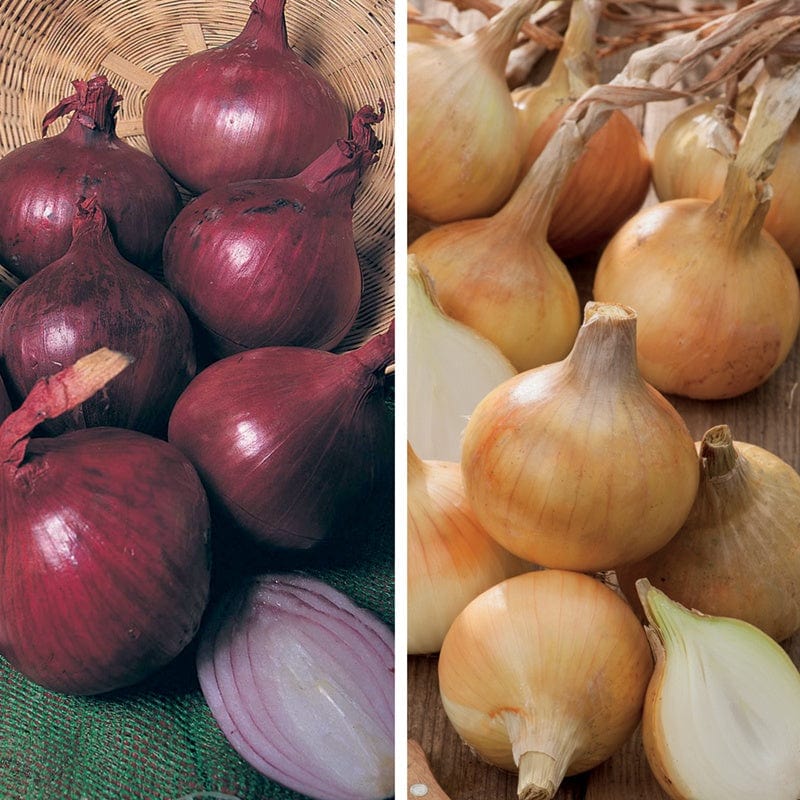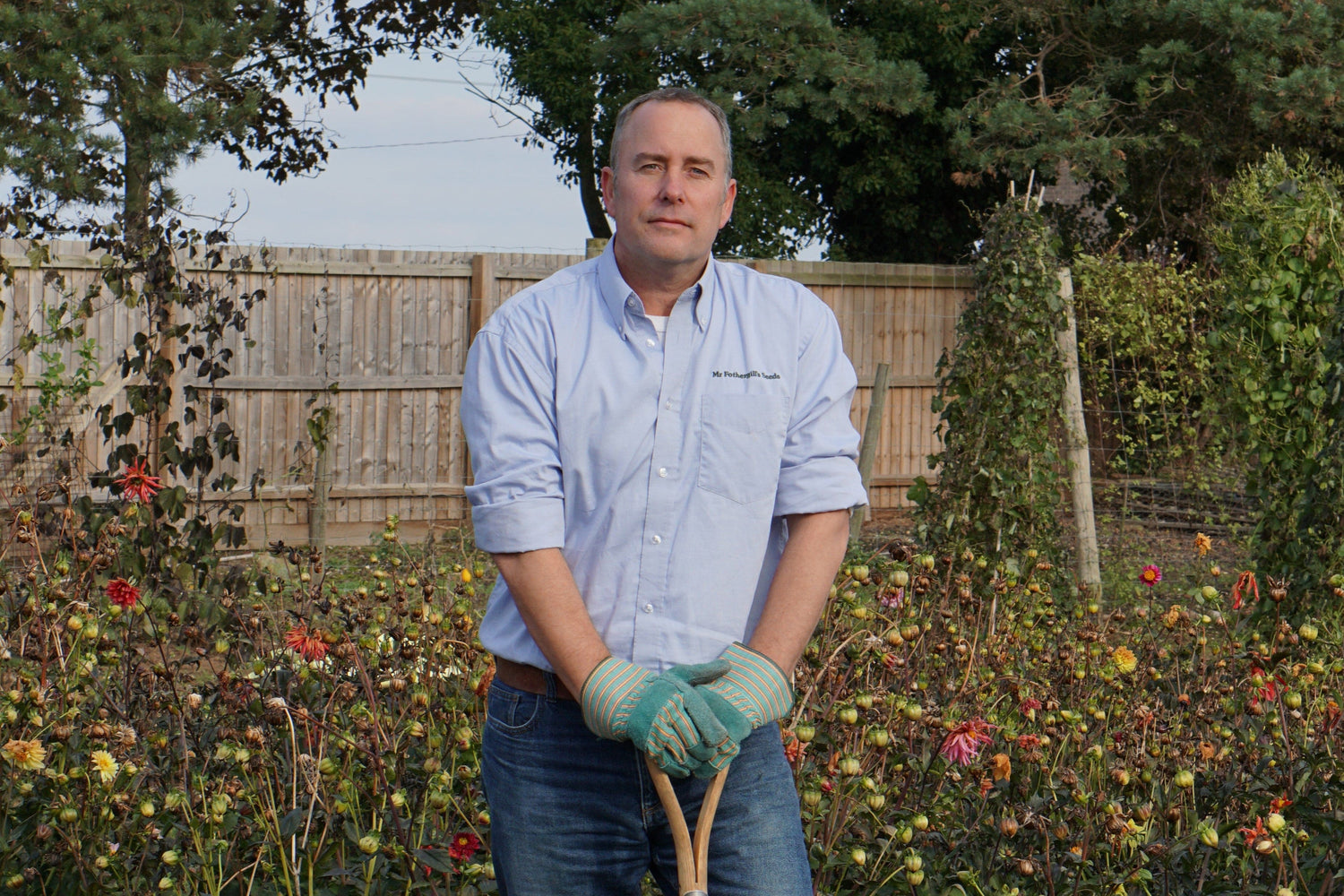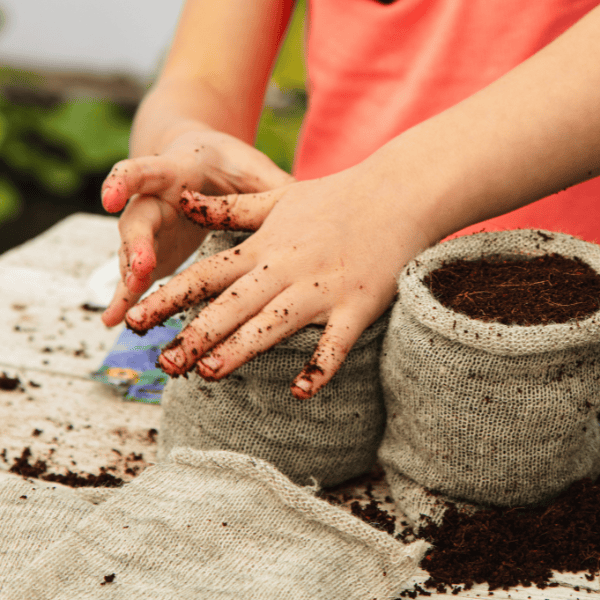When it comes to when to harvest radishes, they should be ready around four weeks after germination! You may find, however, that it can take around 6-8 weeks for early sowings to be fully developed for harvest - so just be sure to keep an eye on your radishes! When they’re left in the soil for too long, it can affect their health and taste.
Radishes are at their best when they’re young. So, if you’re really looking to enjoy their flavour and take your home-grown salads to the next level, harvest them when they’re around 1 inch in diameter. You should gently scrape away the soil above your radishes before removing them from the ground, both slowly and carefully.
Pests and Diseases
As with all seeds and plants, there are a number of issues that can get in the way of a healthy harvest. There are a range of ways, however, that you can promote healthy growing and protect your radishes from pests and diseases.
As we mentioned earlier, keeping your soil moist and preventing your plants from drying up in overly hot conditions is integral to their growth. If these needs aren’t met, your radish roots may struggle to swell, and your plants will be far more likely to bolt.
We can’t blame pests for wanting a piece of your tasty radishes, but it’s important to keep them well away. You can deter pests like slugs, flea beetles, and cabbage root fly larvae by using fleecing and nets, as well as insecticides.

 Soil Preparation
Soil Preparation
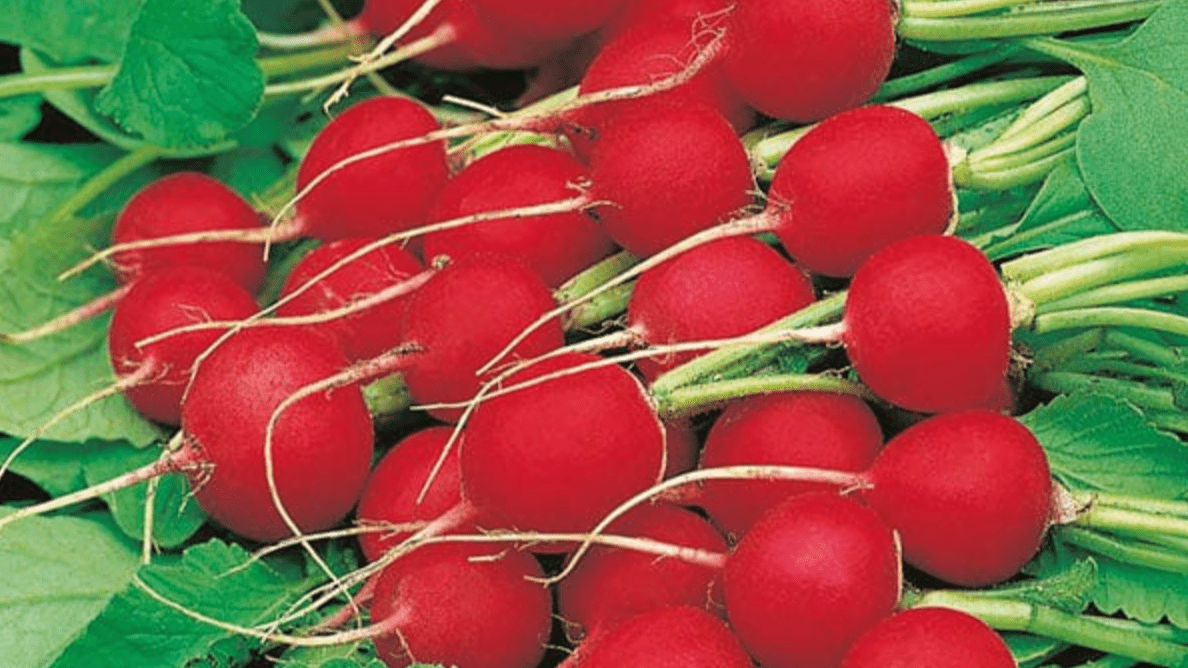
 Sowing
Sowing
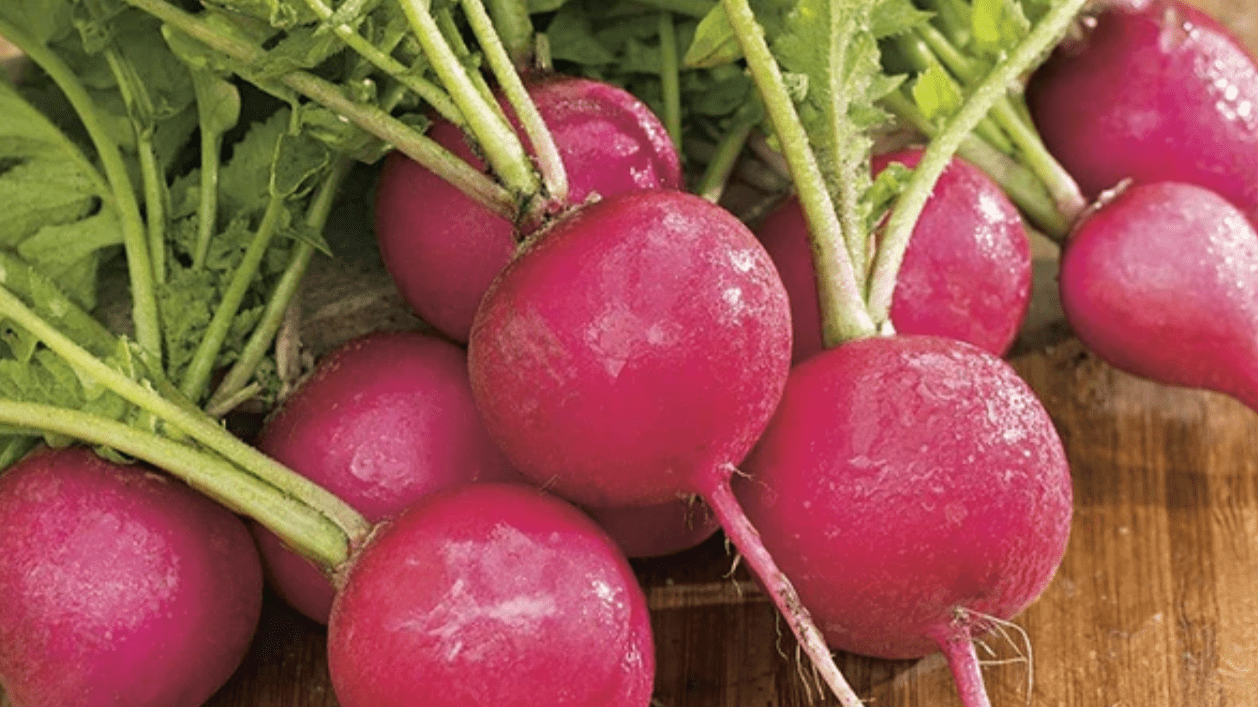
 Plant Care
Plant Care
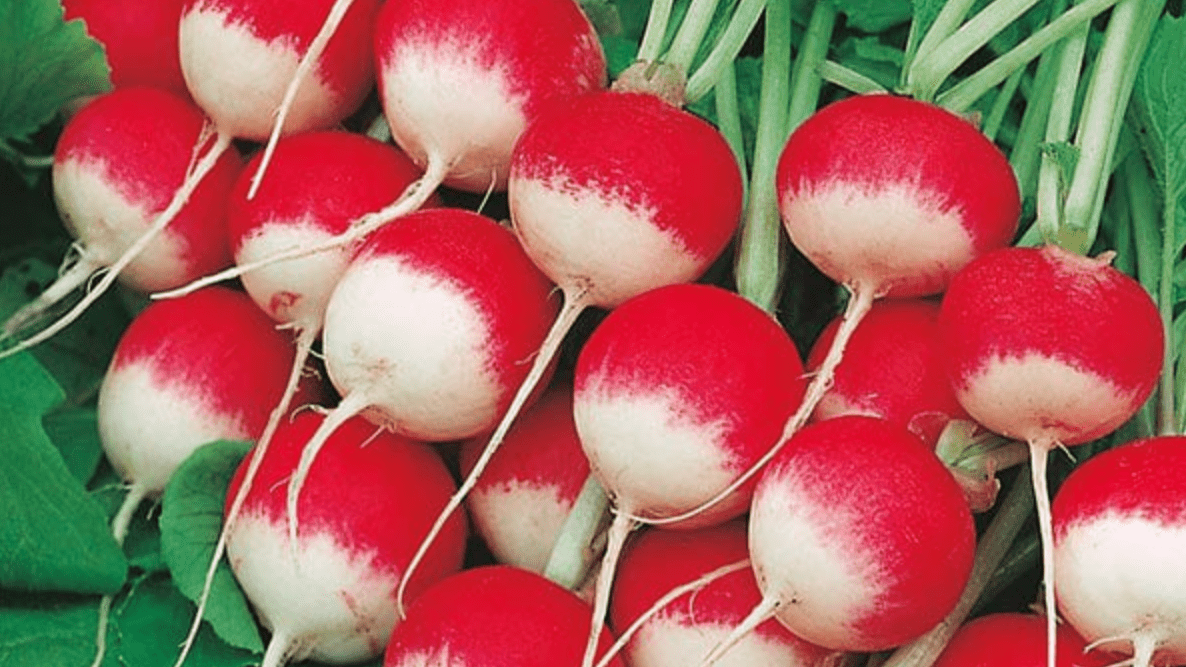
 Harvesting
Harvesting
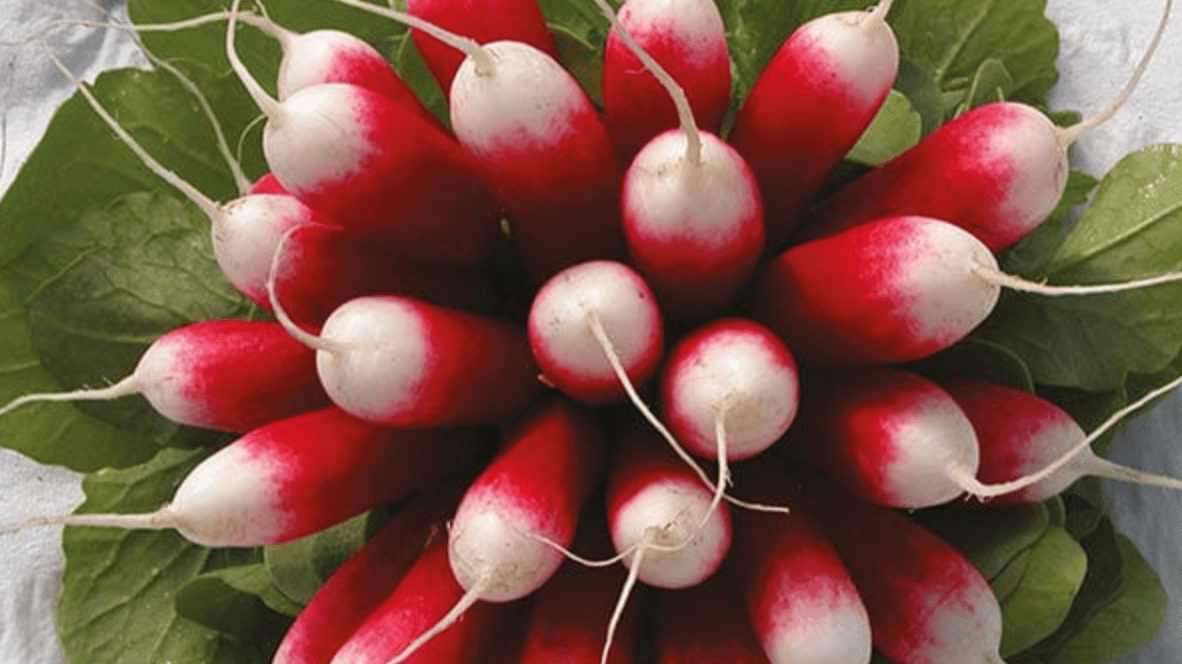
 Soil Preparation
Soil Preparation
 Sowing
Sowing
 Plant Care
Plant Care
 Harvesting
Harvesting












